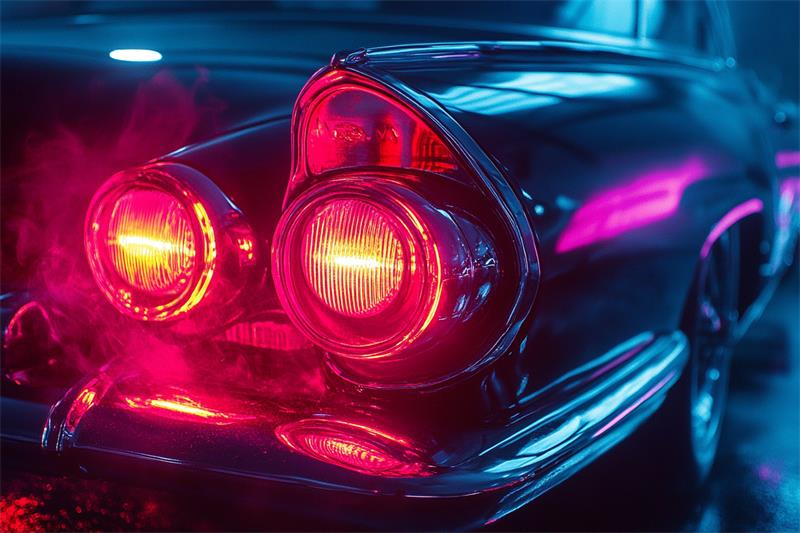Car light film, a seemingly simple adhesive layer, is gaining traction among car enthusiasts and everyday drivers alike. But beyond the sleek aesthetics, car light film offers a surprising range of benefits, particularly in how it influences a car's light output. To understand this phenomenon, we need to delve into the science behind this innovative material.

Understanding Light and Its Manipulation
Light, in its simplest form, is electromagnetic radiation that travels in waves. When these waves encounter a surface, they can be reflected, absorbed, or transmitted. The interplay of these interactions determines how we perceive light and color.
Car light film, often made from thermoplastic polyurethane (TPU), manipulates these light interactions in several ways:
Diffusion: The film's surface is microscopically textured, causing the light waves to scatter in various directions. This diffusion reduces glare and creates a more even distribution of light, improving visibility for both the driver and oncoming traffic.
Color Enhancement: Depending on the type of car light film, pigments can be embedded within the material. These pigments selectively absorb certain wavelengths of light, enhancing the apparent brightness and richness of specific colors. For instance, yellow-tinted film can make headlights appear whiter and brighter by filtering out some of the blue light.
Protection: Car light film acts as a protective barrier against environmental hazards like UV rays, road debris, and minor scratches. By shielding the headlight and taillight lenses from damage, the film helps maintain their original light output and clarity over time.
The Impact on Light Output
The combination of these factors contributes to a significant improvement in light output, both subjectively and objectively:
Increased Perceived Brightness: By diffusing the light and enhancing specific colors, car light film creates the impression of brighter headlights and taillights. This enhanced visibility is particularly beneficial in low-light conditions like fog, rain, or nighttime driving.
Reduced Glare and Improved Contrast: The diffused light minimizes the harsh glare that can be distracting to other drivers, particularly those in older vehicles. This, in turn, improves the driver's ability to perceive road signs, obstacles, and other vehicles, enhancing overall safety.
Preserved Light Output Over Time: By protecting the light lenses from scratches and yellowing caused by UV exposure, car light film ensures that the original light output remains consistent throughout the lifespan of the vehicle.
Choosing the Right Car Light Film
The effectiveness of car light film ultimately depends on the quality of the material and its proper installation. When choosing car light film, consider the following factors:
Material Quality: Opt for high-quality TPU films that are durable, scratch-resistant, and offer good light transmission properties.
Color and Tint: Choose a tint that complements your car's aesthetics and serves your desired light output enhancement.
Professional Installation: Proper installation is crucial for maximizing the benefits of car light film. A professional installer will ensure a smooth, bubble-free application, preventing light distortion and premature peeling.
Beyond Aesthetics: A Practical Enhancement
While car light film undoubtedly enhances the look of a vehicle, its impact extends far beyond aesthetics. By understanding how car light film manipulates light, drivers can appreciate its potential to improve visibility, reduce glare, and ensure long-lasting light performance, ultimately contributing to a safer and more enjoyable driving experience.
